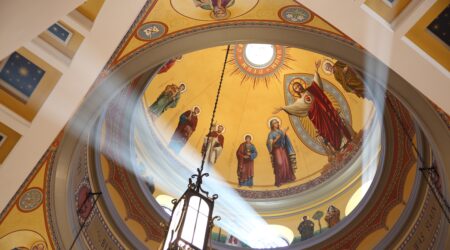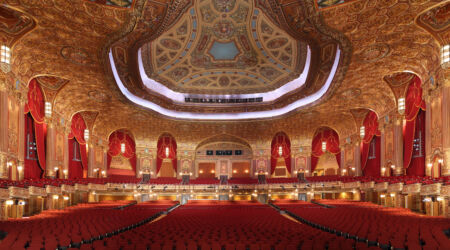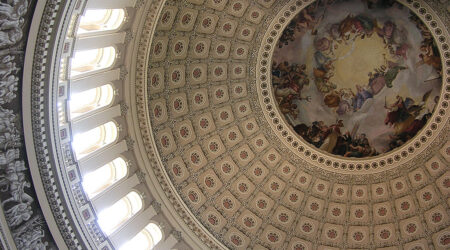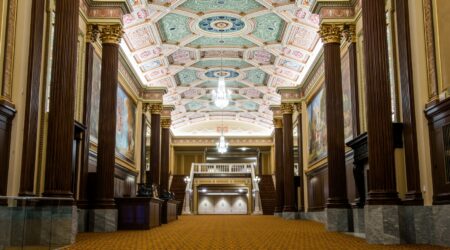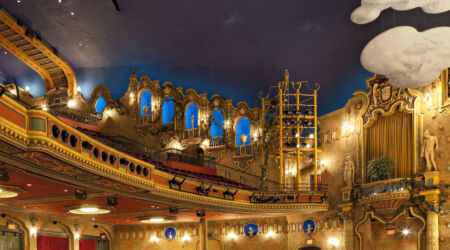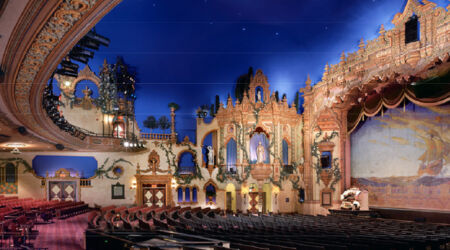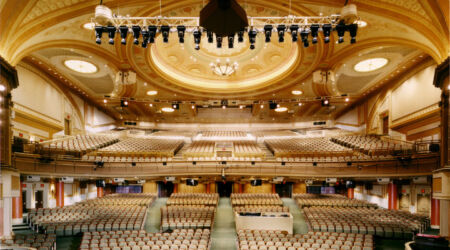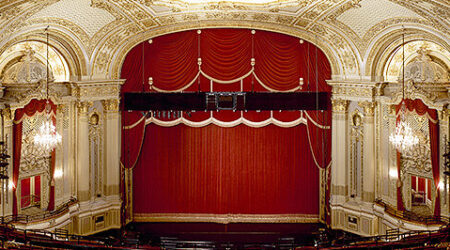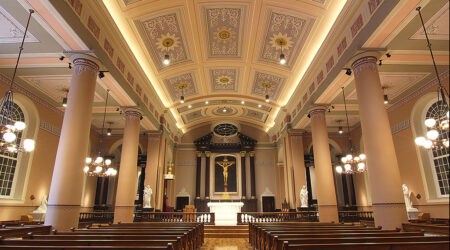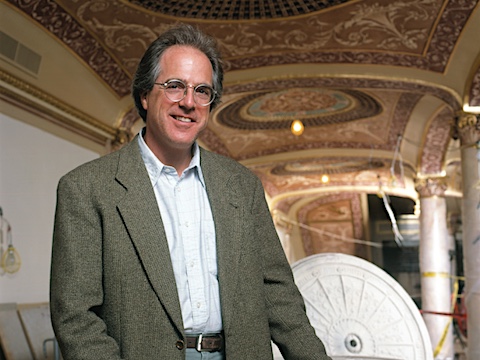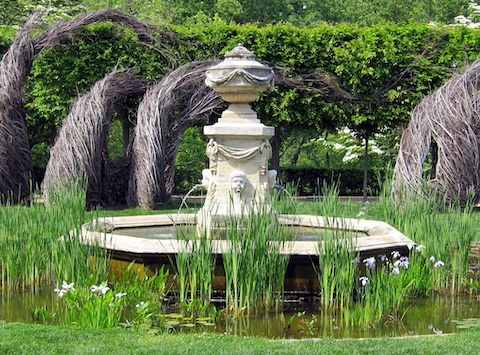“Art is the harbinger, technology the influencer, and preservation the guardian of quality.”
About every decade, art styles and tastes shift. This evolution is not a straight line but more like a pendulum swinging back and forth in bursts of creativity and reaction. Art and the creative economy are often at the vanguard of change. Think of the word avant-garde or the example of impressionist painting and the Industrial Revolution—which influenced which? New technologies, newly invented pigments, or new creative possibilities? Ultimately, the result was a new way of seeing color. I believe we are currently living through a similar seismic shift.
The biggest shift is perception, brought on largely by the digital revolution. Our visual consumption primarily exists of rectangular, two-dimensional, backlit screens, and this has influenced everything from our social interactions to our sense of community and even our attention spans. But in fact, humans want and value human interaction and connection; that memory is often the repository of this longing, these feelings.
Simultaneously, there has been a change in the way things are made. Technology has automated many processes and broadened the possibilities. Still, at the same time, there has been a steep decline in things created by hand as well as the craft knowledge embedded in the skills that are being lost. People value the component of the human touch. This quality of humanness is imprinted during the creation of objects. Our built environment acts as an access point, a way for people to more intimately open and interact with their surroundings and the objects they use. Art, ornament, texture, and nature all function as this portal. The character of a place, its individuality, and its personality are what we value. There are embedded memories in the built environment that imbue a sense of place. However, these memories and meanings are malleable and can change over time. Think of the recent re-evaluation of certain public monuments currently taking place.
Furthermore, there has been a sense of alienation from the community, which has heightened with COVID-19 and social distancing. Due to this growing sense of separation, and the lack of connection one feels from their Facebook “friends” and Instagram followers, we have seen the historic pendulum swing—from nostalgia to goodstalgia. There is a deepening appreciation and understanding of the continued work of preservation. There is a renewed desire to humanize communities and the built environment. In the ever more homogenous visual world that dominates our screens and influences all the media we consume, people want to preserve their uniqueness and a sense of individuality, making us human while re-establishing bonds as a real community.
We’ve seen this through our work. Restoring theaters and performing arts centers, public buildings, and sacred spaces holds significance and meaning to their communities, which is why they are highly valued. Infinitely flexible and adaptable, these spaces have often evolved from their original intended use to modern functionalities. They have also continued to be economic engines, not only in themselves but also in their surrounding communities. But the buildings’ character makes them valued and allows them to endure. Although ticket sales have declined, theaters still serve as some of the largest secular gathering places where people share a common experience. Kings Theatre in Brooklyn, for example, which EverGreene restored, has contributed to the revitalization of the surrounding neighborhood.
Similarly, with Catholic Churches and other sacred spaces, there seems to be a recurring search for ritual and meaning in architecture. This can be seen at the newly built Cathedral of the Most Sacred Heart of Jesus in Knoxville, Tennessee. There is an urge to preserve a sense of heritage, and this particular new Cathedral exemplifies this in its traditional or classical style. These artistic styles are preserved because they bestow a sense of place and provide continuity—a heritage of memory and meaning.
Rather than trends for the next decade, perhaps the question should be, “What endures?” What transcends the shifts of artistic style and taste? I believe the answer, at least in part, is quality. Anything which has integrity, is finely made and well crafted, where there is care taken in its design and execution, stands the test of time. This applies to both formal as well as vernacular expressions. A sense of quality can endure in something as simple as the design of a fountain or something as complex as the art and architecture of a capitol.
“There will always be the need to humanize the environment, making it accessible and inviting for human participation. The swing of that pendulum: the dynamic tension created between the inevitable force of progress and the counterweight of the value in the lessons of the past will always be there. Our endeavor is to preserve these elements, giving meaning to the objects that will long survive us.”
JEFF GREENE


